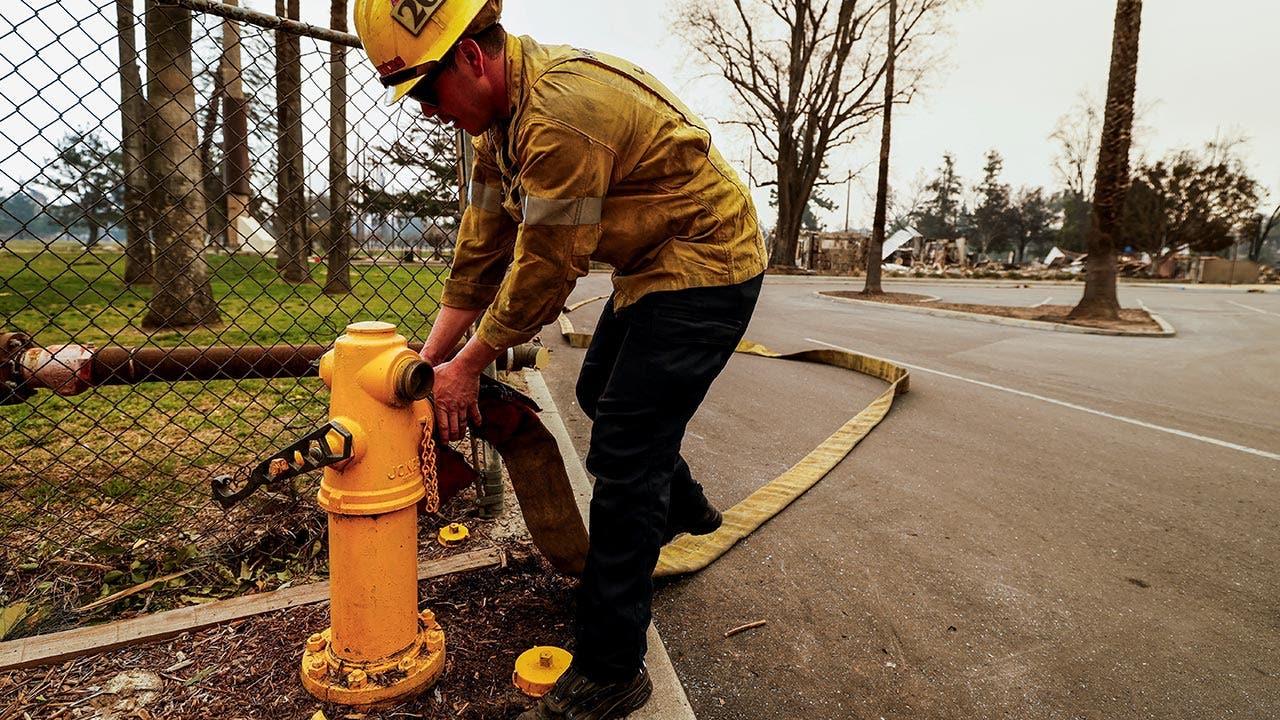Marines hindered by Navy’s amphibious warfare ship maintenance delays

Nearly half of the amphibious warfare ships Marines need to deploy often are unavailable due to maintenance, according to a government watchdog. How the Navy currently manages those repairs means jarheads will continue to deploy late to the fight.
The Dec. 3 Government Accountability Office report, which detailed an audit from April 2023 to December 2024 at Naval Station Norfolk, Virginia, and Naval Base San Diego, California, provided a decade’s worth of data regarding underperforming amphibious warfare ships.
In the report, Marine Corps data from 2011 to 2020 showed that the specific class of ships were available for operational tasks only 46% of the time.
RELATED
Earlier this year, meanwhile, the Boxer and America amphibious readiness groups — and their associated Marine Expeditionary Units — were hampered with missed exercises and delayed deployments due to the unavailability of the vessels.
The GAO report made four recommendations to the Navy.
Among them, researchers suggested that the secretary of the Navy as well as the Marine Corps commandant refine definitions on amphibious ship availability and establish a period for completing a joint-service plan on availability concerns.
The Navy secretary also should ensure that the chief of naval operations updates ship maintenance policy to clarify that depot maintenance should not be canceled for amphibious warfare ships slated for divestment, the report added.
Lastly, the secretary and chief should establish performance goals for implementing amphibious readiness review recommendations, according to the report.
Navy officials concurred in whole or in part with all of the report’s recommendations.
The Navy currently has 32 amphibious warfare ships in its fleet, one more than the congressionally mandated requirement. Half of those ships, however, are in non-operational status, though they were previously counted as operational by the Navy, even when undergoing maintenance.
But when a ship is non-deployable, Marines are left high and dry.
Earlier this year the sister services reconciled on the definition of non-operational, which now includes ships in maintenance, though report authors dinged the services for not clarifying what types of maintenance would designate a ship as non-operational.
“The Navy considers a ship undergoing an intermediate maintenance period to be capable of stopping maintenance work and getting underway within four days … to perform a mission,” according to the report.
Repair, maintenance and modernization needs, however, can put a ship out of service for anywhere between six months and three years. One ship identified in the report has gone 12 years without deploying.
But when GAO staff toured the amphibious dock landing ship Germantown in October 2023, officials told them, “The ship could not deploy within 96 hours due to the extensive amount of maintenance in its ongoing intermediate maintenance period.”
As of September 2024, ships in the Navy’s amphibious warfare fleet include two (LHA) amphibious assault ships, seven (LHD) amphibious assault ships, 13 (LPD) amphibious transport dock ships and 10 (LSD) dock landing ships.
Of the 32 amphibious warfare ships, 16 are not expected to reach their 40-year service life. However, the entire fleet will need to serve beyond that time limit to maintain at least a 31-amphibious warfare ship requirement, according to the report.
That will cost an estimated $1 billion per ship, the report said.
A $9.6 billion deal inked in September between the Navy and shipbuilder Huntington Ingalls Industries to build three new amphibious transport dock ships will, in a few years, help slow — but not stop — the bleeding when it comes to amphibious warfare ship availability.
Defense News reported in January that Huntington Ingalls Industries was uncertain it could deliver amphibious warfare ships to the Navy if an extended pause on the shipbuilding funding continued. Any future funding delays would further exacerbate ship production.
Todd South has written about crime, courts, government and the military for multiple publications since 2004 and was named a 2014 Pulitzer finalist for a co-written project on witness intimidation. Todd is a Marine veteran of the Iraq War.
Read the full article here







